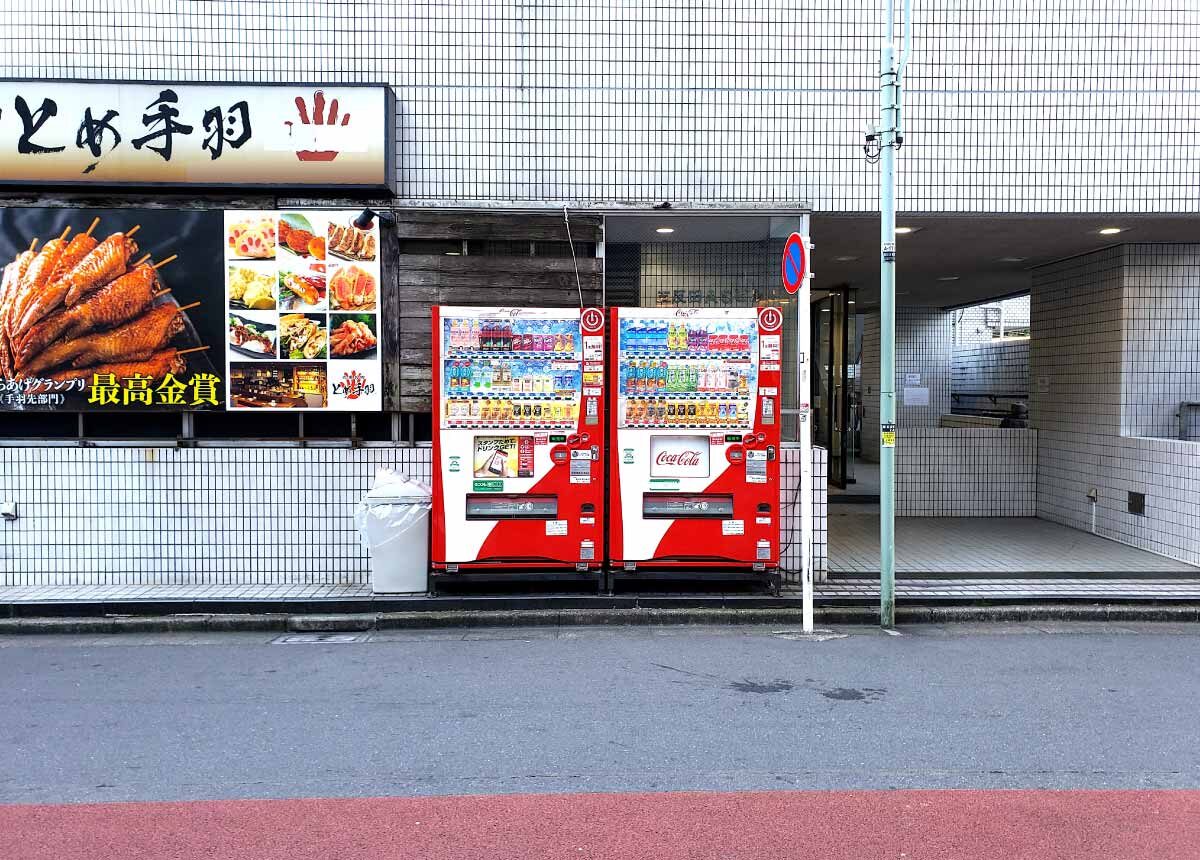Japan is said to hold the world’s largest production of vending machine in the world. Generally, vending machines are placed only in schools, tourist spots, shopping malls, etc. in foreign countries, but in Japan they are everywhere. They are really everywhere, including on deserted beaches and in the middle of fields. The display is never cracked, and when you put money in, the product always comes out without any malfunction. Japan boasts a high level of safety and technology.
But, that is now a thing of the past. Japanese vending machines mainly sell cans or PET bottles filled with drinks, either cold or warm. Around the world, “smart vending machines” that sell more than just drinks have evolved from there. Around the world, “smart vending machines” have evolved from there to sell non-beverages. Apparently, the global outbreak of coronavirus has boosted the vending machine business due to its non-contact advantage. In the U.S., fresh salads are sold in vending machines, ready to be cooked every morning. In South Korea, books can be borrowed from vending machines as a “smart library.” All product reservations and payments can be made through a smartphone app. In all operations, there is no face-to-face interaction with people. Sales are monitored remotely with accurate data and reflected in inventory management and marketing. Around the world, it turned from vending drinks and expanded its variety to selling food and goods.
If you ask whether such a thing can be done with vending machines in Japan, it cannot. One expert says, “The idea of selling anything other than drinks from a vending machine probably never occurred to the Japanese in the first place. The cause is the convenience store. By the way, in Japan, vending machines as well as convenience stores are ubiquitous. In addition to drinks, magazines, snacks, underwear, stationery, and hygiene products are sold there, there is also an ATM you can pay for your electricity bill, and you can even send letters. Moreover, when you are face to face with someone and they ask you, “Do you want to warm up this lunch box? Do you want to put on chopsticks?” That couldn’t be better. It is believed that the convenience and comfort of this “human-powered service” may have prevented the innovation of vending machines in Japan.
Is this good? Or is it bad? Will Japan, with its poor IoT business model, be able to catch up with the rest of the world in time now? The beverage vending machine market has peaked, but the food vending machine market is still a blue ocean with a lot of room to develop. Immediately, Yo-Kai Express of the U.S. brought its ramen vending machine to Japan. I expect Japanese companies to innovate more on their own as well.





















